Help me own the City

A day after a severe car crash in my neighborhood, where four people died and that involved an SUV, I stumbled upon a billboard ad for the Seat Tarraco. The promise the ad presents is to help buyers of the SUV “own the city.”
Do we have a Choice?
The SUV design has been criticized in the press afterwards the accident. The common argument of leaders in the automotive industry is that their customers demand the solution. But to what extent do we as product people want to support the customer centricity / business model fit ideology? And aren’t we the designers not responsible of the solution while the customers own the problem? I think human intentions are just as they are, but we have a choice in the design of products, business models and of regulations and that good product thinking needs to take the whole context into account.In this post I’d like to share some personal thoughts on product ethics that have kept me busy for a while now, which is at the core of what good product thinking is about: designing value for customers. The point I want to make is that people and their desires are not to blame, but it’s a systematic failure leading to poor design decisions, and that good product thinking is not just about product market fit, it’s about product society fit.
Are Customers Wrong?

I don’t believe that the motivation, or the customer’s Job-To-Be-Done: Help Me Own the City of people wanting to buy an SUV is an issue, or at least I don’t want to judge or blame people for this.
I think taking ownership and responsibility for your surroundings is actually a good thing. Our neighbours, as many in Berlin do, started to grow a little garden around the trees on the street. And we know all about the countless community gardens that need shared land to be able to become great community gardens.
So, What’s Wrong with the Seat Tarraco?


What is actually bad is the design of the solution of the SUV in general. In the product design process we’re making subtle choices of which gains and pains to address precisely. This design is encouraging or blocking behavior along with the business strategy to create value. The first problem is the selection of the gains like appearing dominant and aggressive, more private space for my own, defending private space or pains like feeling unprotected in the street traffic. Designers have consciously prioritized these gains and pains over other options to inform their design process. Here’s an example of the SUV design in action. Passing the 4 lanes crossing at Alexanderplatz ignoring the red light is a dangerous thing. What I’ve learned from a design strategist working in the automotive industry is that the small windows and strong motor of a sports car are intended to create the sporty feeling. The pulled up doors and raised body of the robust car design helps the driver feel protected even when speeding and intimidating other road users.
It’s the Wrong Fit
As increasing sales figures for SUVs, 22,2 % in Germany in August 2019 with a plus of 11% compared to August 2018, indicate the car design is a good problem solution / product market fit and a success story of customer discovery. As driving in cities becomes more insecure there’s a self-reinforcing cycle that supports the customer’s JTBD Help Me Own the City and thus a good business model fit for SUV vendors.
But is this a good fit for society and the planet? I don’t think so. The small sports car windows combined with the pulled up pulled up doors and raised body block sight on pedestrians and bikers when turning right, the heavyweight and strong motor ads to the climate crisis.

